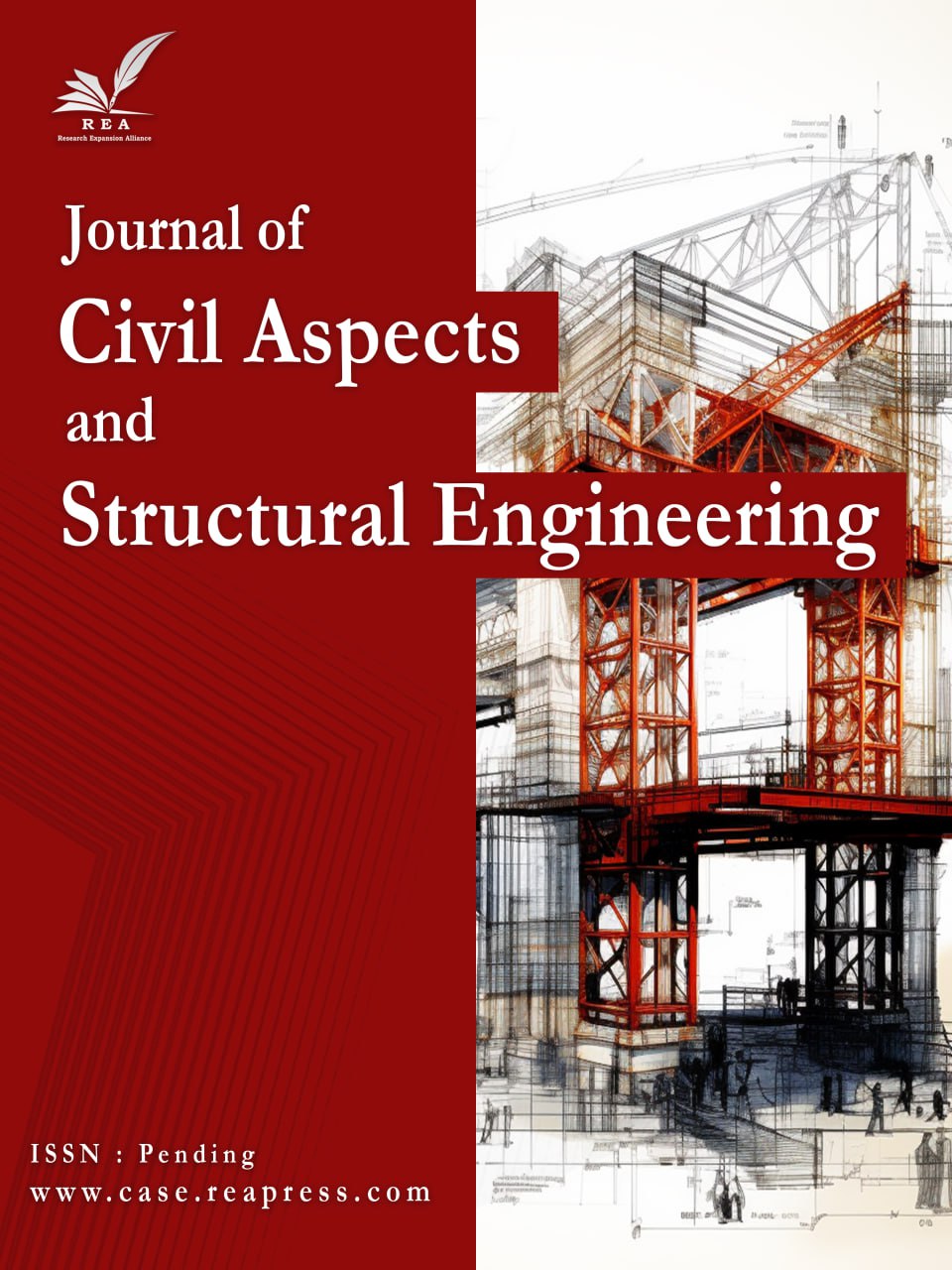Designing an Ecotourism Residence with a Social Sustainability Approach (Case Study: Abbasabad County)
Abstract
Accommodations for ecotourism are vital components of tourism services, particularly in ecotourism, as they adhere to numerous principles and criteria suited to the environmental conditions of untouched natural and rural areas. These lodgings are formulated to harmonize with the characteristics of the surrounding environment, such as shape, color, size, height, volume, and materials, thereby facilitating the development of tourism hubs. However, a significant hurdle faced by many villages is the absence of sustainable development standards for building. A critical element in establishing developmental boundaries is the design of tourist accommodations, which takes into account construction methods, materials, environmental compatibility, management practices, and energy efficiency. Mazandaran Province has embraced a positive strategy in this regard, integrating traditional architecture to foster strong links between structures and their environments. This study intends to design a sustainable ecotourism residence in Abbas Abad County that enhances rural livelihoods while preserving the essential characteristics of tourist accommodations.
Keywords:
Native architecture, Mazandaran climate, Ecotourism, Tourism complex, Sustainable ecotourismReferences
- [1] Sachs, J. (1999). Managing global capitalism. Australian economic review, 32(1), 3–16. https://doi.org/10.1111/1467-8462.00089
- [2] Mattar, A. A. G., & Gribble, P. L. (2005). Motor learning by observing. Neuron, 46(1), 153–160. https://doi.org/10.1016/j.neuron.2005.02.009
- [3] Stern, P. C. (2000). New environmental theories: toward a coherent theory of environmentally significant behavior. Journal of social issues, 56(3), 407–424. https://doi.org/10.1111/0022-4537.00175
- [4] Chumsri, P., Chanin, O., & Sriprasert, P. (2015). Guidelines on developing community base tourism to sustainable management of tourist attractions. Journal of economics, business and management, 3(6). https://doi.org/10.7763/JOEBM.2015.V3.260
- [5] Watt, S. W., Dai, C., Scott, A. J., Burke, J. M., Thomas, R. L., Collings, J. C., … Marder, T. B. (2004). Structure and phase behavior of a 2:1 complex between arene- and fluoroarene-based conjugated rigid rods. Angewandte chemie international edition, 43(23), 3061–3063. https://doi.org/10.1002/anie.200453828
- [6] Mehta, P. K. (2004). High-performance, high-volume fly ash concrete for sustainable development. Proceedings of the international workshop on sustainable development and concrete technology (pp. 3–14). Iowa State University Ames, IA, USA. https://core.ac.uk/download/pdf/11346106.pdf#page=14
- [7] Musa, G., Hall, C. M., & Higham, J. E. S. (2004). Tourism Sustainability and health impacts in high altitude adventure, cultural and ecotourism destinations: a case study of Nepal’s Sagarmatha National Park. Journal of sustainable tourism, 12(4), 306–331. https://doi.org/10.1080/09669580408667240
- [8] Yousef Nia Pasha, V. (2006). Columnar and columnar spaces in Mazandaran architecture. Abadi, 4(50), 87-97. (In Persian). https://www.sid.ir/paper/465834/fa
- [9] Urbanik, J., & Tomaszewicz, A. (2014). Flat roof-advantage or disadvantage of modern movement buildings. 9th international conference on structural analysis of historical constructions. SAHC2014. https://b2n.ir/e64589
- [10] Bidallah Khani, F., & Etredat, P. (2013). Investigating the aspects of sustainable architecture in the architecture of mazandaran. National conference on sustainable architecture and urban development. Buchan, Iran. Civilica. (In Persian). https://civilica.com/doc/213755
- [11] Mehrmousavi, Z., Mohammadnejad, B., Bahmanesh, J., & Ghobadian, R. (2015). Comparison of the effects of wet-dry and freeze-thaw cycles on the compressive strength of clay stabilized with cement and lime. The second national conference on soil mechanics and foundation engineering. Ghom, Iran. Civilica. (In Persian). https://civilica.com/doc/430966
- [12] Armaghan, M., & Mahlabani, Y. G. (2009). The values of vernacular architecture of iran in relation with sustainable architecture approach. Journal of human rights and the environment, 28(126), 20-35. (In Persian). http://jhre.ir/article-1-66-fa.html
- [13] Farnad, F., Kasmaei, H. K., Khakzand, M., & Memarian, G. (2022). Evaluation of the correlation between the orientation and sides in Qajar houses of kashan. Creative city design, 2(1), 1-10. (In Persian). https://doi.org/10.30495/ccd.2022.690773
- [14] Seyedian, S. A., & Ahmadi, S. (2025). Utilizing elements of Mazandaran’s native architecture to increase vitality and livability in Babolsar residential complexes, case study: Mehr residential complexes in Babolsar. Armanshahr architecture & urban development, 17(49), 37-53. (In Persian). https://doi.org/10.22034/aaud.2024.378216.2747
- [15] Etadra, F. B. K. and P. (2024). Sustainable architecture in mazandaran. https://b2n.ir/y09246


